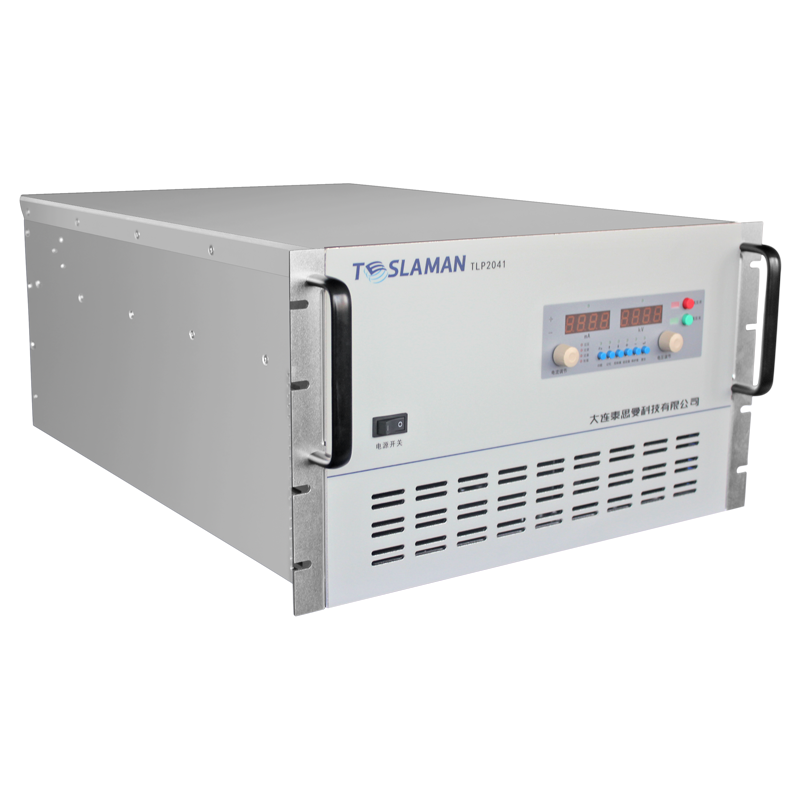Application of High-Voltage Module Power Supplies in High-Frequency Communication
1. Introduction
In the field of 5G and future 6G high-frequency communication, devices need to handle complex working conditions such as high power density and rapid signal switching, imposing stringent requirements on power supply systems. High-voltage module power supplies, with their high integration, high efficiency, and flexible configuration, have become crucial for the stable operation of high-frequency communication devices. They not only need to meet the power demands of the equipment but also achieve extremely high standards in electromagnetic compatibility, voltage ripple control, and other aspects.
2. Technical Requirements of High-Frequency Communication for High-Voltage Module Power Supplies
(1) Power Density and Efficiency
The power demand of high-frequency communication base stations and core devices continues to rise. High-voltage module power supplies are required to achieve high power density output within a limited space. For example, in millimeter-wave band devices, power amplifiers (PAs) need stable voltages of dozens or even hundreds of volts, and the power supply conversion efficiency is expected to exceed 90% to reduce energy consumption and heat dissipation pressure.
(2) Voltage Stability
The precise transmission of communication signals relies on a stable power supply voltage. The output voltage ripple of high-voltage module power supplies needs to be controlled within the millivolt range to avoid interference with radio frequency signals. Meanwhile, the power supply must have fast transient response capabilities, being able to recover stable output within microseconds when the load changes abruptly.
(3) Electromagnetic Compatibility (EMC)
High-frequency communication devices operate at high frequencies and are sensitive to signals, so electromagnetic interference generated by power supplies must be strictly controlled. High-voltage module power supplies need to optimize the topology structure, adopt shielding technology, and take other measures to ensure that electromagnetic radiation complies with international standards, such as EN 55032, to prevent crosstalk with communication signals.
3. Design Key Points of High-Voltage Module Power Supplies
(1) Topology Structure Selection
Isolated topology structures, such as the Phase-Shifted Full-Bridge (PSFB) soft-switching topology, can effectively reduce switching losses and improve power supply efficiency. This topology uses a resonant circuit to achieve zero-voltage turn-on and turn-off of the switching tubes, reducing electromagnetic interference while increasing the operating frequency and power density of the power supply.
(2) Optimization of Magnetic Components
Under high-frequency operating conditions, the performance of magnetic components significantly affects the power supply efficiency. Using soft magnetic materials with low loss and high saturation magnetic flux density, such as nanocrystalline and amorphous alloys, and optimizing the magnetic core structure and winding design can reduce hysteresis loss and eddy current loss, enhancing the overall performance of the power supply.
(3) Heat Dissipation Design
High power density leads to concentrated heat inside the module, making good heat dissipation design essential. By using materials such as metal substrates and thermal conductive silicone grease, combined with heat sinks, air cooling, or liquid cooling, it ensures that the module can still operate stably in high-temperature environments.
4. Typical Application Scenarios
(1) 5G Base Stations
In 5G base stations, high-voltage module power supplies provide power to devices such as radio frequency units (RRUs) and antenna arrays. Their stable high-voltage output can improve the linearity of power amplifiers, reduce signal distortion, and the high integration design facilitates the compact layout and rapid deployment of base stations.
(2) Optical Communication Equipment in Data Centers
A large number of optical modules, optical switches, and other devices in data centers require high-voltage power supply. The high efficiency and low ripple characteristics of high-voltage module power supplies can ensure the stable transmission of optical communication signals, reduce the bit error rate, and enhance the overall performance of data centers.
5. Development Trends
As high-frequency communication technology evolves towards higher frequency bands, the requirements for high-voltage module power supplies will become increasingly stringent. In the future, power supplies will develop towards higher power density, higher efficiency, and lower electromagnetic interference. At the same time, intelligent monitoring and management functions will be integrated to achieve fault early warning and remote control, providing a solid guarantee for the continuous development of high-frequency communication.




















